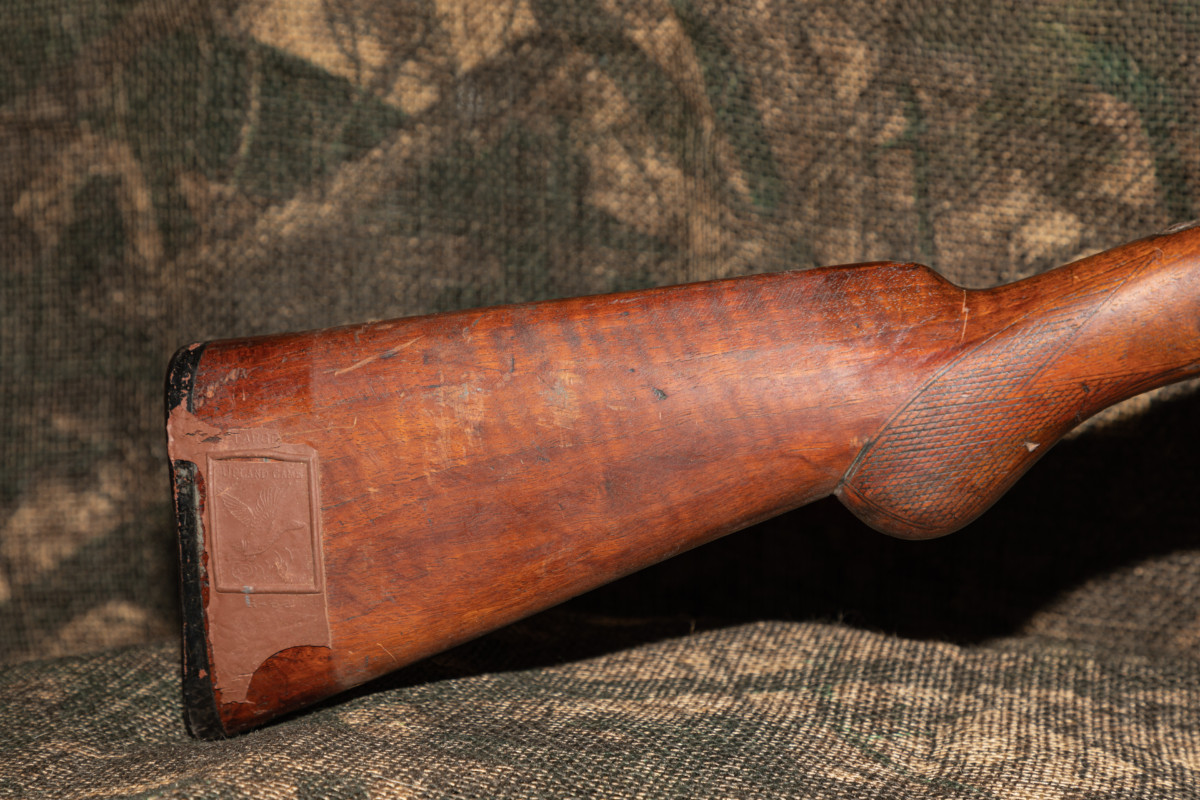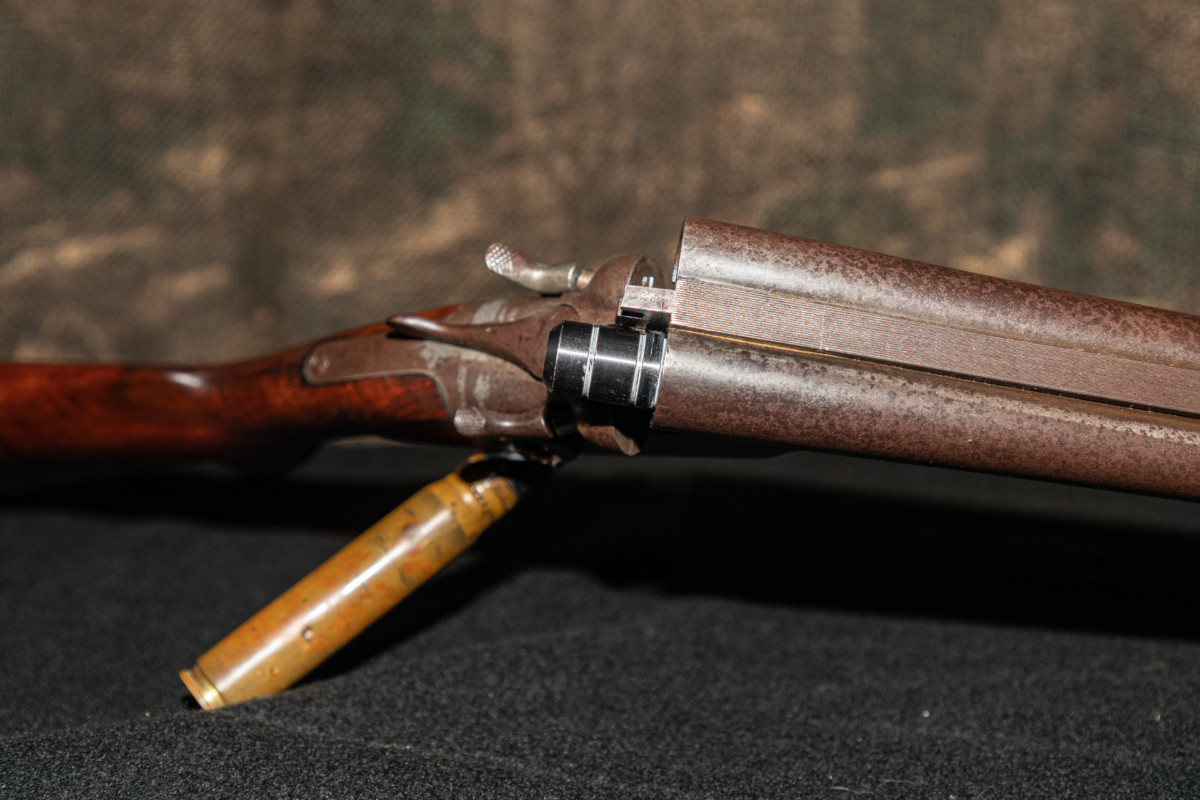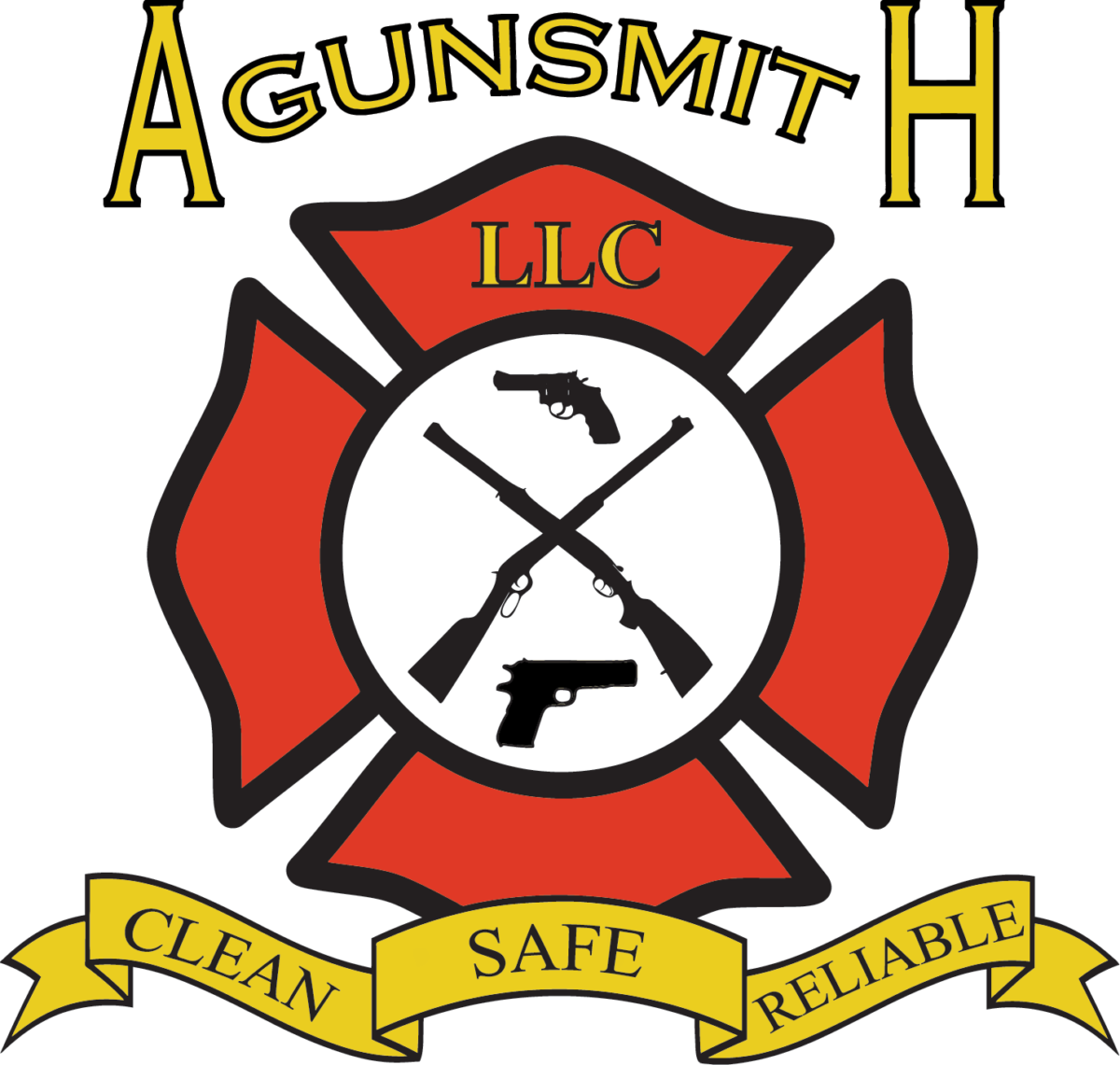An Heirloom
Do you have an old firearm that belonged to your Grandfather, Grandmother, or an Aunt or Uncle, or maybe it was a ‘bring back’ from your father or grandfather (a war souvenir brought home from a far place in a duffle bag to remember something that was unforgettable anyway)? Now, this old firearm is in your possession, what will you do with it? Some of these firearms could be worth a lot of money, but would you trade something for cash that was bought by something other than cash? Most are just old shotguns or rifles, just shooters bought to bring home a meal. Something to put in a pot, rabbit, squirrel, quail, dove, or prairie chickens. If so, the old gun has little value, but it kept a family fed in hard times or just on a special occasion.
Has it been sitting in a closet, under a bed, or in the corner of a garage for a long time, ten to forty years? It probably looks a little rough. Maybe there is rust on the metal or the wood is dry or covered with odd paint or splatters from who knows what or where. If you could get the old firearm looking like a well-cared-for family item would you? Is it safe to shoot or can it be made safe to use and bring home something to put in your pot again?
I can answer the question of will it shoot again, but you must decide what you want to spend to give it the look of a cared-for firearm.
Take this old Stevens Model 235, made from 1912 till 1932. Its actual trade value is based on its looks and shootability. They were never expensive firearms. It was found under a grandfather’s bed. It is not known how long it was there, 40 years was a number said to me. It was brought to me to see if it could look better. I do not make them look like something new from a store. That can be done, but I prefer the well-cared look of a well-used old family firearm. I disassemble the firearm and get all of the internals cleaned and oiled, making sure all parts function as they should. In this shotgun, everything was able to work, just needed the rust cleaned, a few edges smoothed and surfaces oiled. The wood needed to be scraped and resealed. I use linseed oil, as that is what most of the old guns were finished with, and it allows the character of the wood to show. Keeping all of the shapes of the original stock is important, it keeps the look real, with sharp edges, but rolling where it should. All of the external metal needed rust removed, but not all the way to bare metal. It would have had a bluing or rust brown color on it originally. You must stop the rusting process but keep as much of the patina and original finish of the old metal as possible.
Another thing that must be checked is the chamber depth. Some say the old double barrel or single barrel shotguns all kick like mules. It is more likely the chamber depth is not at 2 ¾ inches as it should be for modern shells. That shell depth was standardized sometime in the mid 1920’s: before then most manufacturers also sold shells so that is how the firearms were set. In the case of this old Stevens, the chambers were about 2 ¼” to 2 3/8”. I used a chamber reamer to deepen the chambers to the proper 2 ¾” and now modern shells can be used. The older shotgun’s kick was from the overpressure caused when the shell opened into the forcing cone at the end of a short chamber.
Chamber length is when the shell is open on firing. If it is short, the end of the shell opens into the forcing cone, a short area ahead of the chamber to shape the shot group to go smoothly down the barrel. When the shell opens into the forcing cone, the pressure builds higher to push the shot through a tighter opening, which also deforms the shot pattern on exit from the barrel. This can cause severe damage to the old gun and gives the extra kick felt by the shooter.
For this Stevens, now it looks like it should. The wood is clean, but still showing a few of the scars of use. The metal is all clean and smooth, with some of the original finish but mostly the old patina look of that well-used and cared-for old family firearm. You could take it to the field to hunt any game you wish to. Just do not use magnum shells, but regular field loads. This firearm is ready to stay in the family and be cared for, and used, or just kept to tell old stories that might be known about it.
I feel that old firearms have stories and are tools waiting to be put to use again to feed your family or defend it as needed, just like it was designed to be used and may have been in the past.






